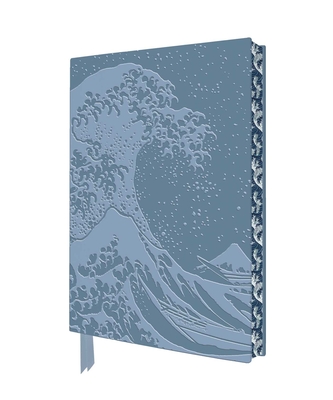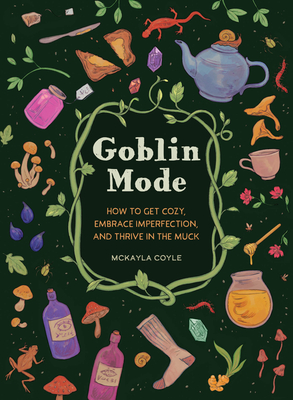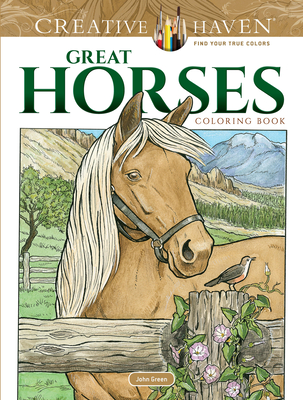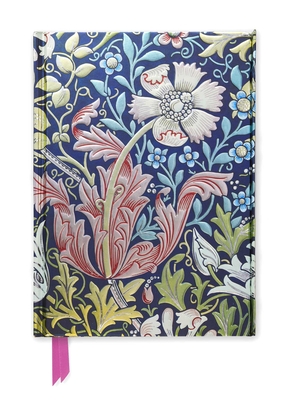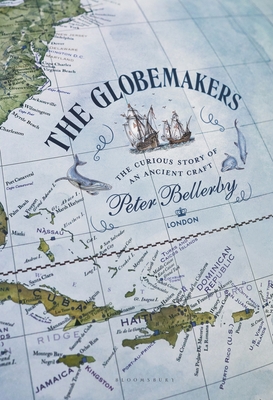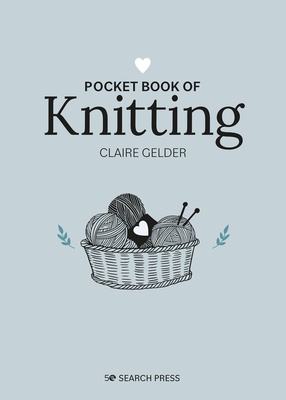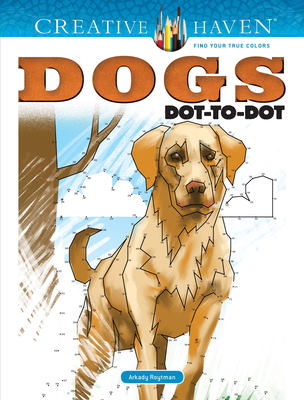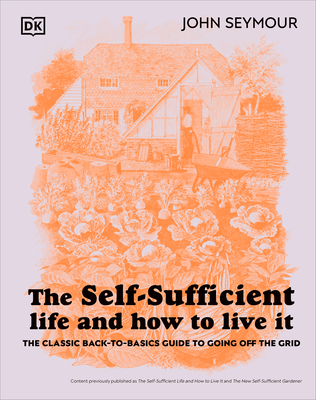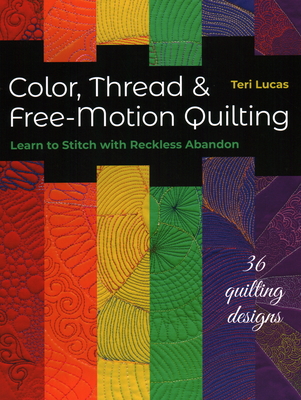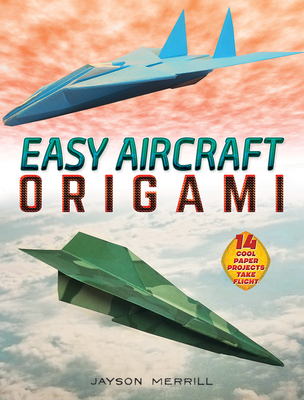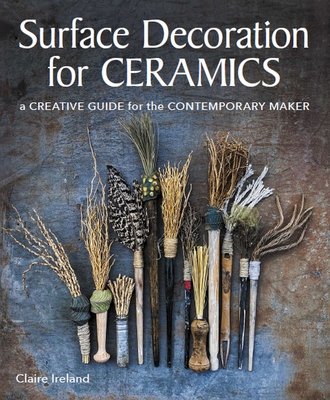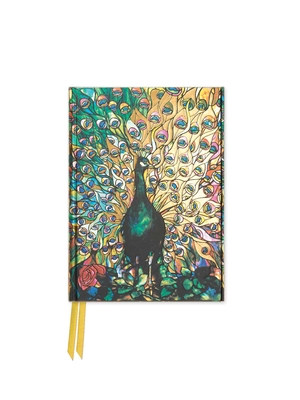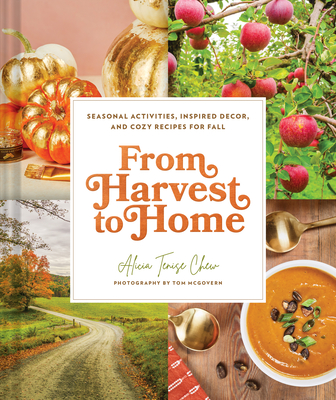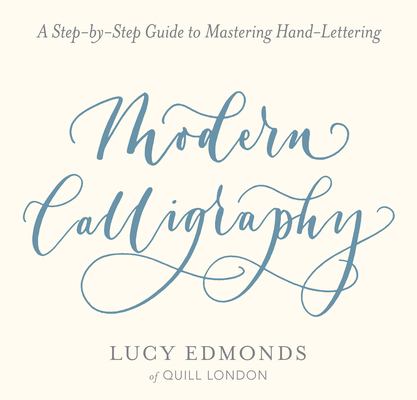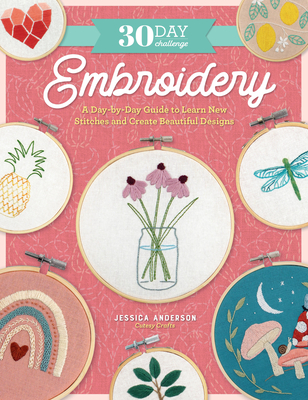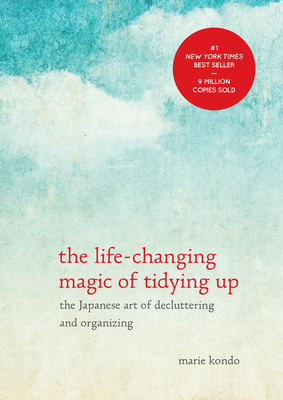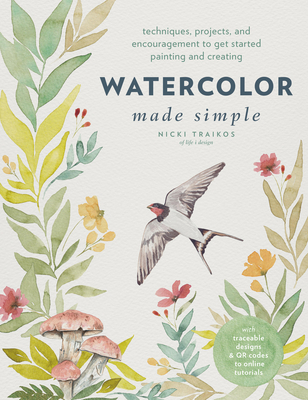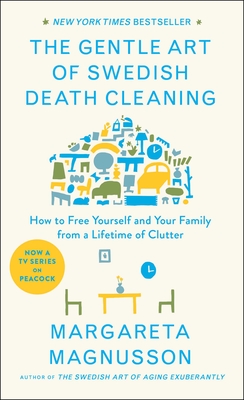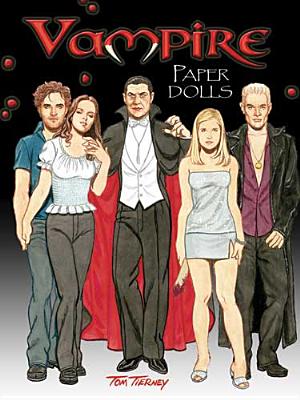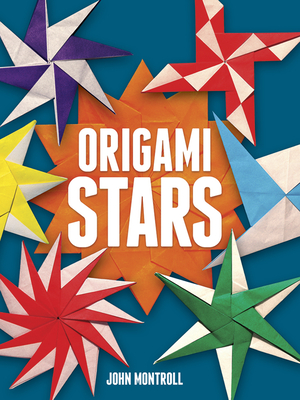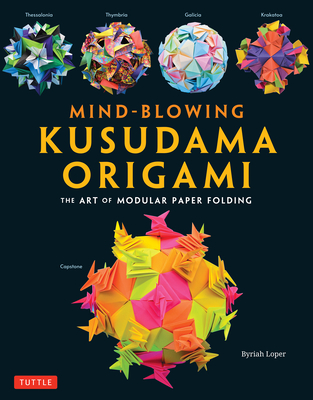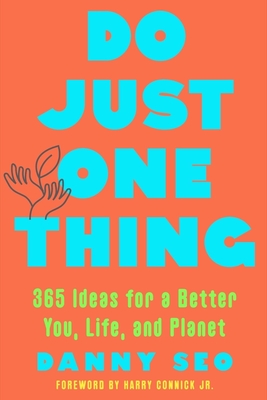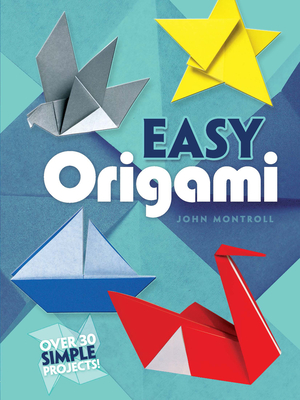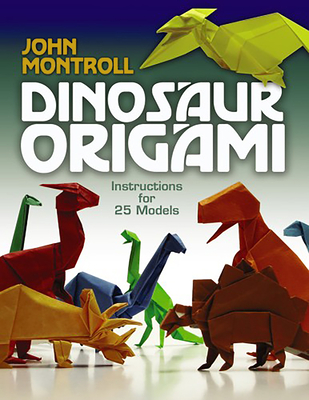
Dinosaur Origami (Dover Crafts: Origami & Papercrafts)
Current price:
$14.95
This product is not returnable.
Publication Date: July 21st, 2010
Publisher:
Dover Publications
ISBN:
9780486477800
Pages:
128
Description
It's been 65 million years since they roamed the Earth--but in the imaginations of people of all ages, dinosaurs still rule This collection of 25 origami models of prehistoric creatures is suitable for enthusiasts at all skill levels, especially intermediate folders.
Familiar species include the triceratops, stegosaurus, tyrannosaurus, and pteranodon. In addition, intriguing but lesser-known dinosaurs range from the dimetrodon and protoceratops to the elasmosaurus and tanystropheus. Master origami designer John Montroll explains each model with clear, complete instructions. Numerous illustrations appear throughout the book.
Other Books in Series
Easy Origami: Over 30 Simple Projects! (Dover Crafts: Origami & Papercrafts)
Paperback
The Complete Book of Origami: Step-By-Step Instructions in Over 1000 Diagrams/37 Original Models (Dover Crafts: Origami & Papercrafts)
Paperback
Easy Christmas Origami (Dover Crafts: Origami & Papercrafts)
Paperback
Easy Origami Animals (Dover Crafts: Origami & Papercrafts)
Paperback
Beginner's Book of Modular Origami Polyhedra: The Platonic Solids (Dover Crafts: Origami & Papercrafts)
Paperback
Making Christmas Bright with Papercrafts: More Than 40 Festive Projects! (Dover Crafts: Origami & Papercrafts)
Paperback
How to Make Origami Airplanes That Fly (Dover Crafts: Origami & Papercrafts)
Paperback
Origami Dinosaurs for Beginners (Dover Crafts: Origami & Papercrafts)
Paperback
Cats in Origami (Dover Crafts: Origami & Papercrafts)
Paperback
Origami Safari: For Beginners (Dover Crafts: Origami & Papercrafts)
Paperback
Kusudama Origami (Dover Crafts: Origami & Papercrafts)
Paperback
Dragons and Other Fantastic Creatures in Origami (Dover Crafts: Origami & Papercrafts)
Paperback
Favorite Animals in Origami (Dover Crafts: Origami & Papercrafts)
Paperback
Amazing Origami Boxes: 20 Origami Models with Instructions and Diagrams (Dover Crafts: Origami & Papercrafts)
Paperback
Origami Farm: For Beginners (Dover Crafts: Origami & Papercrafts)
Paperback
Origami Fold-By-Fold: Building Skills One Step at a Time from Beginner to Advanced (Dover Crafts: Origami & Papercrafts)
Paperback
Super Simple Origami: 32 New Designs (Dover Crafts: Origami & Papercrafts)
Paperback
Fabulous Modular Origami: 20 Origami Models with Instructions and Diagrams (Dover Crafts: Origami & Papercrafts)
Paperback
Fun with Easy Origami: 32 Projects and 24 Sheets of Origami Paper (Dover Crafts: Origami & Papercrafts)
Paperback
Make Your Own Paper Snowflakes (Dover Crafts: Origami & Papercrafts)
Paperback

